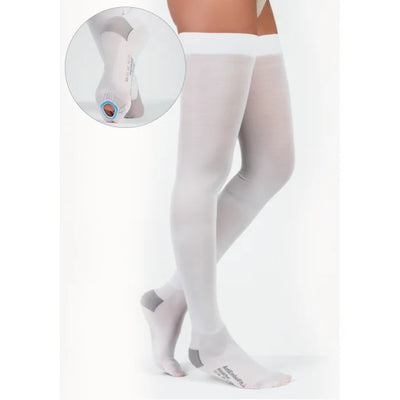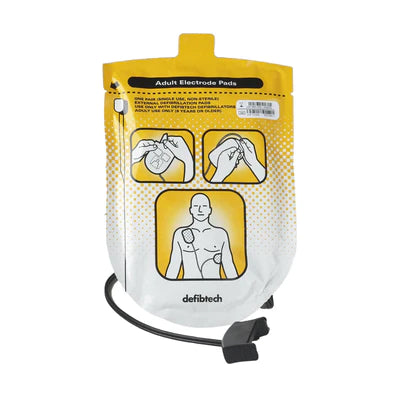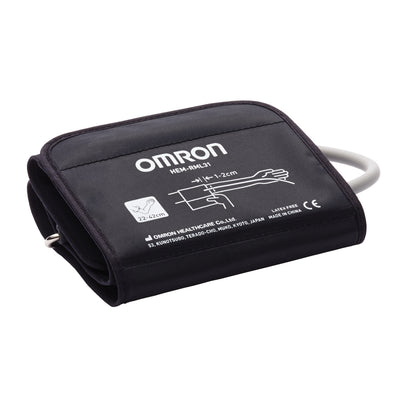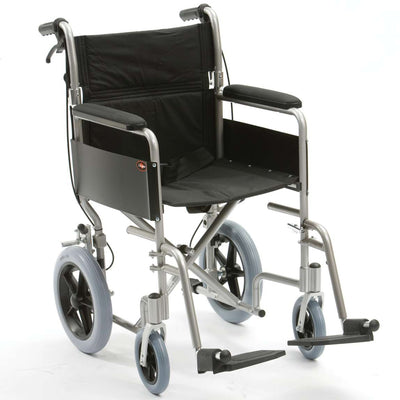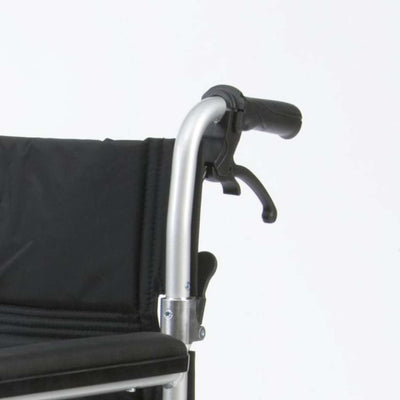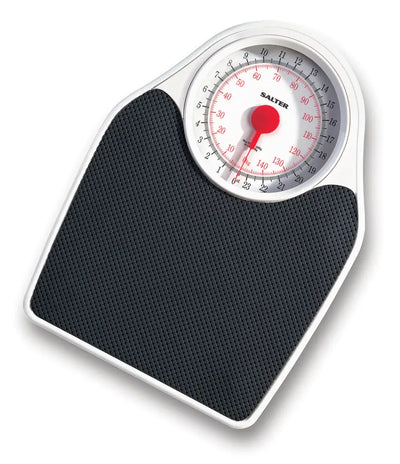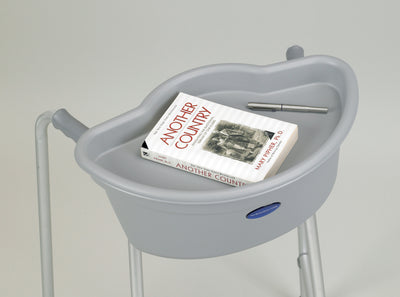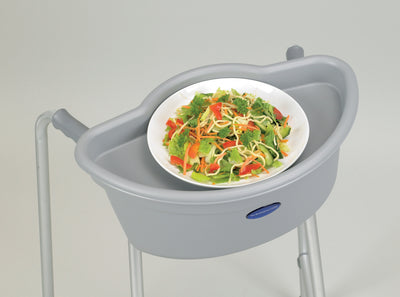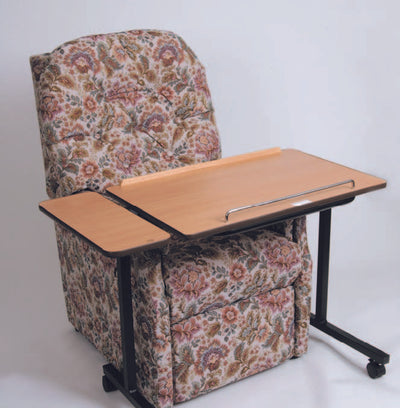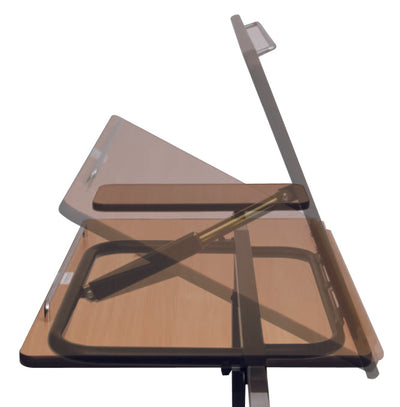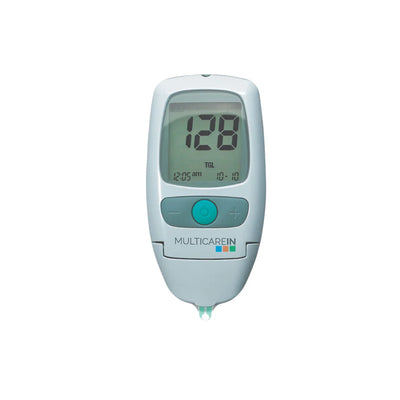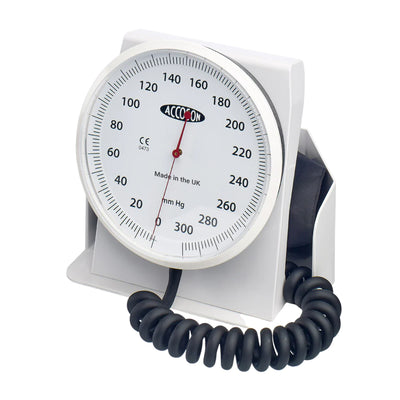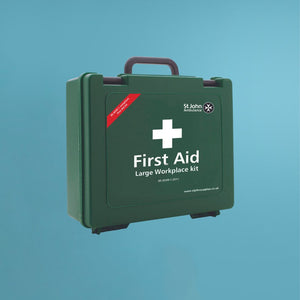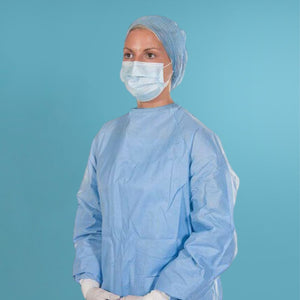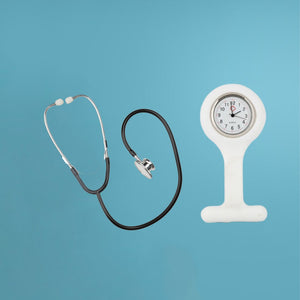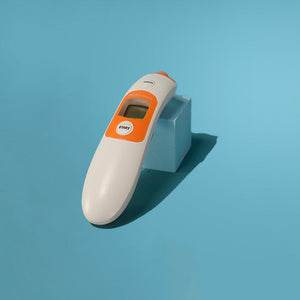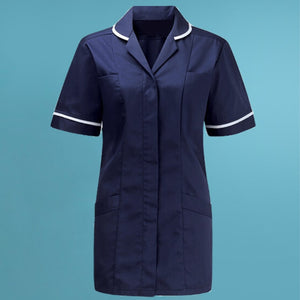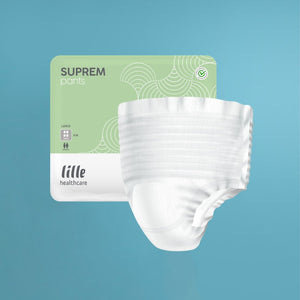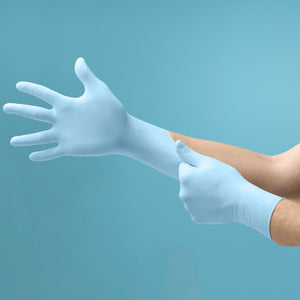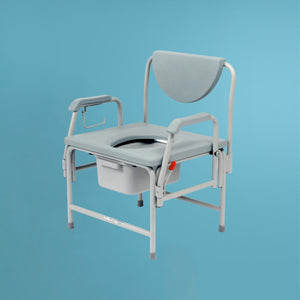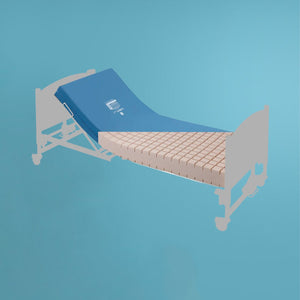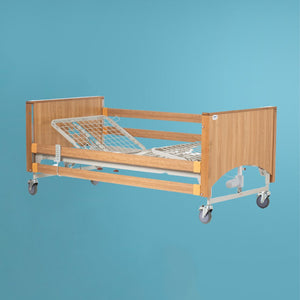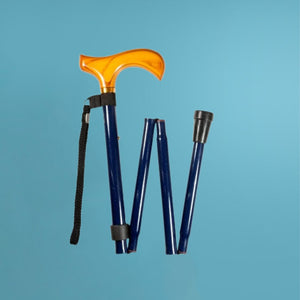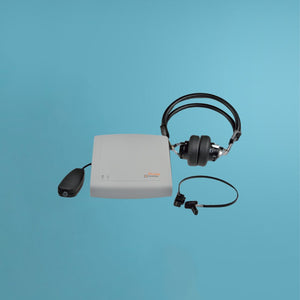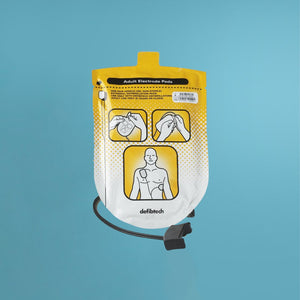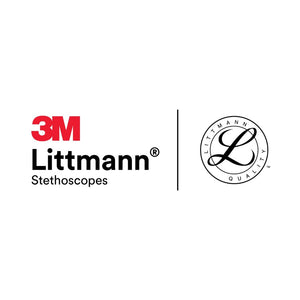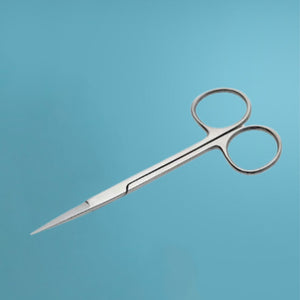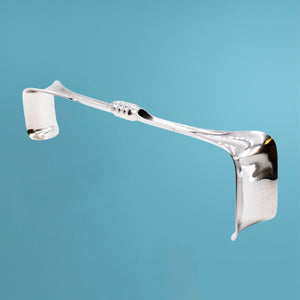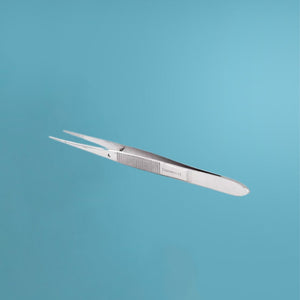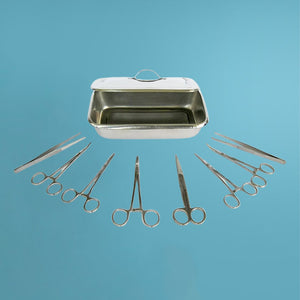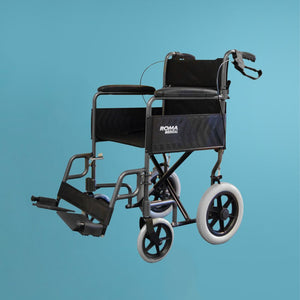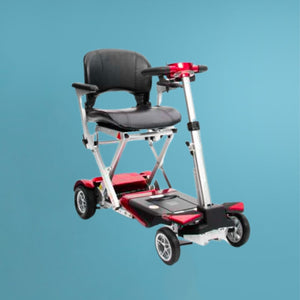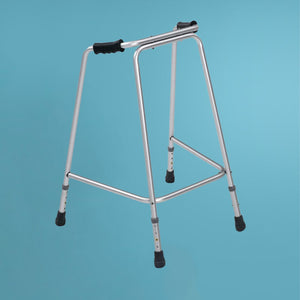Keeping Your Stethoscope Sterile
As medical practitioners, it is essential to properly maintain our stethoscopes to ensure the best results and patient care. The stethoscope is used far more frequently than you would believe; as such. It is prone to degradation and wear as a consequence of its constant use. This might distort readings and trigger off a chain of disastrous occurrences.
Stethoscopes are highly sensitive instruments that need regular cleaning and maintenance to keep them in good working order. Neglecting to maintain your stethoscope can lead to rust, corrosion, and limited performance. In addition, it is also important to be aware of the proper usage of your stethoscope in order to prevent any further damage or misdiagnosis.
In this post, we will provide an overview of how to best maintain and use your stethoscope for optimal performance. We will explore the various cleaning methods you can use as well as discuss how often you should check for any signs of wear and tear. Finally, we will give you some tips on how you can optimise the usage of your stethoscope during a patient consultation. Hang on, we have something amazing just for you!
Understanding the Concept of Stethoscope Infection
Having a well-maintained stethoscope is of utmost importance. It is essential to note that the stethoscope is a direct conduit between the patient and the physician and plays an integral role in the diagnosis of disease. To ensure the safety of both patient and physician, it is vital to properly maintain your stethoscope in order to reduce the risk of infection.
The most common form of infection related to stethoscopes is cross-contamination, which occurs when bacteria, viruses or other organisms are spread from person to person or from an infected object to another person via direct contact. A common way in which this form of infection can be reduced is by routinely cleaning and disinfecting your stethoscope after each use as well as ensuring that you are wearing gloves when handling or examining patients with your stethoscope.
In addition, it is important to regularly inspect and replace parts of your stethoscope that may be worn out or damaged such as ear tips or tubing. These areas can easily harbour bacteria if not routinely maintained correctly and therefore can increase the risk of transmission of germs from one person to another. When we have an understanding of these essentials of maintaining your stethoscope, you will be able to reduce the risk of infection and protect yourself and those around you from unwanted bacteria and germs.
Inspect Your Stethoscope for Damage and Wear Regularly
It's imperative to regularly check your stethoscope for wear and damage. To begin, scan the tubing for any indications of rips or tears. Verify that none of the joints is loose and that they are all well-secured. It's also important to inspect for damage or wear on the ear tips. If any of these parts are damaged, it is best to take them in for repairs or replacement right away.
Checking the bell and diaphragm regularly for signs of wear should also be thoroughly done. These parts should be checked monthly to ensure they function properly and sound clear when listening through them.
Finally, it's essential that you store your stethoscope properly in order to maintain its longevity. Ensure it is stored in a cool, dry place, away from direct sunlight and heat sources. If you must store it in a humid environment, make sure you use an appropriate case to keep it safe from potential moisture damage.
Sources of Stethoscope Contamination
Maintaining a clean stethoscope should be an important part of your healthcare routine. But what exactly is a common source of contamination for stethoscopes?
Bacteria
Bacteria from your own skin, skin contact from other patients and contact with contaminated surfaces (such as a hospital bed) can all be sources of contamination for your stethoscope. To reduce the risk of infection, you should always make sure to clean your stethoscope after each use.
Lubricant Residue
Lubricants used in the manufacture of stethoscopes can also lead to bacteria growth and contamination. To reduce the risk of contamination, you should regularly use unscented cleaning wipes to clean the interior and exterior surfaces of your stethoscope. This will ensure that any lubricant residue left on the surface is removed, thus reducing the risk of infection.
Moisture
Moisture can also be a source of bacteria growth on your stethoscope. To protect your instrument from moisture damage, you should regularly dry off any moisture that accumulates after each use. Doing so will help keep it free from rust or corrosion that could lead to bacterial growth and contamination.
Prevention of Cross-Contamination With Proper Hygiene Practices
Maintaining your stethoscope is paramount for any medical professional. Proper hygiene practices are necessary to prevent cross-contamination, which can occur if the stethoscope is contaminated by other patients’ bodily fluids or contaminants that get on the device during an examination.
Here are some measures you can take to ensure your stethoscope remains sterile:
- Clean the surface of your stethoscope with a disinfectant before and after each use.
- Wipe off any visible dirt or debris with a soft cloth and cleaning solution.
- Check the tubing of the stethoscope for any punctures, tears, or holes and make sure it's properly sealed and secured.
- Invest in disposable covers for your ear tips to reduce contamination risk.
- Regularly clean and inspect all parts of your stethoscope for any damage or wear and tear, especially after frequent use.
- Dispose of disposable covers after each use and replace worn-out parts accordingly.
With these tips followed you can ensure that you have a clean and sterile stethoscope every time you use it.
Risks of Using a Contaminated Stethoscope
It might be tempting to think that such a small item can't have a huge impact, but it's important to note that using a contaminated stethoscope can be dangerous. The potential consequences of using a dirty stethoscope are numerous and serious. From infections and cross-contamination, to the spread of certain strains of bacteria, all of these can be avoided when proper cleaning practices are being followed.
By failing to maintain your stethoscope, you risk:
- Unnecessary exposure to blood-borne pathogens
- Contamination with germs, bacteria and viruses
- Transmission of harmful organisms between patients
- Exposure to carcinogenic materials
- Possible infection or diseases in yourself or your patient
Taking a few moments each day to clean and protect your stethoscope, you can rest assured knowing that you're doing your part in providing safe and quality patient care.
Tips to Prevent Infection When Using Your Stethoscope
As with any medical instrument, it is essential that you maintain your stethoscope to prevent the spread of infection.
Here are some tips to help keep your stethoscope clean and in top shape:
Disinfect Frequently
After each use, take a few minutes to disinfect your stethoscope. Alcohol wipes or a sanitising spray can be used if available. Make sure to wipe down both the earpieces and the diaphragm of your stethoscope for a thorough cleaning.
Avoid Exposure to Moisture
If you work in a wet environment, make sure to protect your stethoscope from moisture exposure by storing it in an airtight case when not in use. This will help preserve the material and decrease the chances of contamination.
Replace Ear Tips Regularly
To ensure optimal functionality, make sure to switch out the ear tips frequently. Not only will this help protect against bacteria buildup, but it also helps keep sound quality optimal. Additionally, consider purchasing disposable ear tips if you need an extra layer of protection when treating multiple patients during one hospital visit.
In conclusion, it is essential to keep your stethoscope in good working order by carefully cleaning and maintaining it. Regularly cleaning and disinfecting your stethoscope will help prevent the spread of infection and help you perform accurate diagnostic assessments of your patients. Regularly checking the condition of your stethoscope will also ensure it is working properly, giving you the best possible sound quality. Taking good care of your stethoscope will allow you to use it for many years to come, making it an essential part of your professional practice.

